Social Investment Landscape
Thailand
Summary
Executive Summary
Thailand is one of the world’s few economic development success stories in the last 40 years, having risen from low-income to upper-middle-income status in less than a generation. Despite the passing of the long-ruling and deeply revered King Bhumibol Adulyadej in 2016 and ensuing political uncertainty, Thailand’s GDP grew 3.9% in 2017 – the fastest growth rate in 5 years. Abundant natural resources, a skilled labour force, openness to trade and a well-defined investment policy framework are factors that make Thailand an attractive investment destination.
Notwithstanding its impressive growth trajectory, the high Gini coefficient of 0.465 is a testament to entrenched income inequality in Thailand. Over 80% of the 7 million poor live in rural areas while another 6.7 million are vulnerable to falling back into poverty. Thailand’s rapidly ageing population and increasing environmental degradation are other key development challenges.
Thailand’s social economy is relatively nascent but well supported by the government with a rich tradition of religious giving and an active corporate sector. Giving is ingrained in the Thai culture and charitable donations, though ad hoc and sporadic, are considerable. The corporate sector has been proactive in meeting environmental, social and governance (ESG) standards. However, the impact investment volume in Thailand still trails behind neighbouring Southeast Asian countries such as Indonesia, the Philippines, Vietnam and Cambodia. The Social Enterprises Promotion Act, passed in February 2019, reaffirms the country’s commitment to the social economy.
Thailand’s Fact File
Thailand’s 2018 Fact File
16 37 in 2016
World Giving Index Rank
Dashboard
SDG Dashboard
- Economic prosperity: Increasing national per capita income to USD 15,000 by 2032
- Human values: Raising Thailand’s human development index to 0.8 or among the top 50 countries by 2026
- Social well-being: Reducing the Gini coefficient to 0.36 by 2032 and developing at least 20,000 “smart farmer” households by 2021
- Environmental protection: Developing at least 10 cities into the world’s most liveable cities.
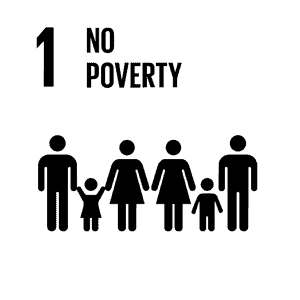
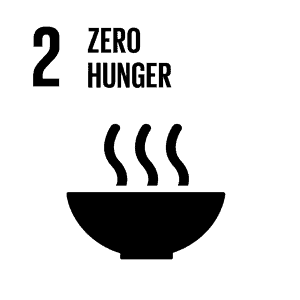
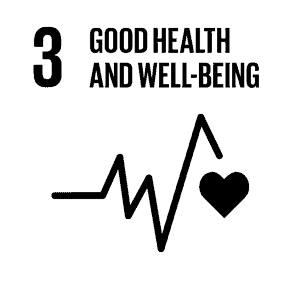
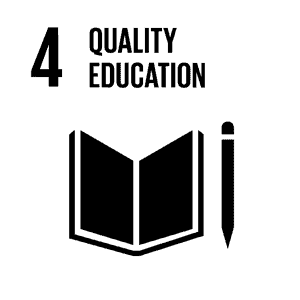




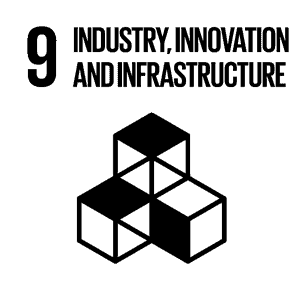

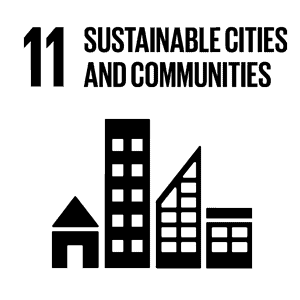
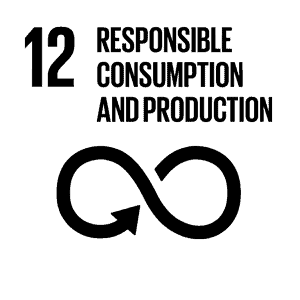
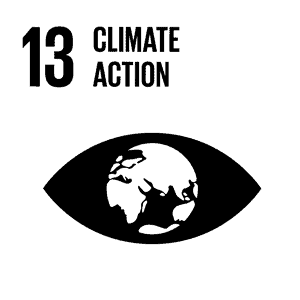

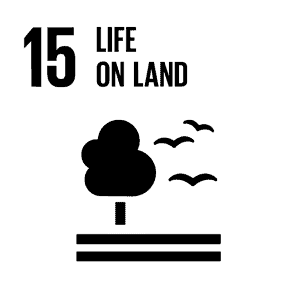


Source: sdgindex.org (2018)
Note: The “traffic light” colour scheme (green,yellow, orange, red) illustrates how far a market is from achieving a particular goal
Government Initiatives
Government Initiatives to Address Development Gaps
Agriculture
SDG Goals



Gap
- In 2016, 32% of the national workforce worked in agriculture but primary production contributed only 10.5% to GDP.
Government Initiatives
- Thailand 4.0 focuses on producing premium quality agri-produce with environmentally friendly biotechnology.
- The 12th National Economic and Social Development Plan encourages the establishment of farmer cooperatives to achieve economies of scale, decrease underemployment and promote the use of technology and risk management.
Climate action
SDG Goals



Gap
- The 2017 World Risk Report by the Institute for Environment and Human Security places Thailand in the medium category, with a rank of 91 out of 171 countries.
Government Initiatives
- The 12th National Economic and Social Development Plan aims to increase Thailand’s forest area to 40% of the country’s total area and reduce greenhouse gas emissions in the energy and transport sectors by at least 7% by the year 2020.
- The government is formulating a National Strategy on Action for Climate Empowerment in order to educate, train, raise awareness and encourage public engagement in climate change issues.
Education and employability
SDG Goals

Gap
-
According to UNESCO’s 2017/18 Global Education Monitoring Report:
- 12% of Thai students did not achieve the minimum proficiency level in mathematics at the end of primary education
- 50% and 54% were not proficient in reading and mathematics, respectively, at the end of lower secondary education.
Government Initiatives
- The government seeks to equip the workforce with 21st century skills, improve the education system to meet international standards and promote lifelong continuous learning.
- The Office of Basic Education Commission created an Equitable Education Fund in December 2018 with THB 1.6 billion (USD 50 million), which will provide additional financial support for 600,000 very poor students and reduce educational disparities.
Energy access
SDG Goals

Gap
- More than half of Thailand’s energy supply is imported. Rising energy demand might cause the country’s oil and gas resources to deplete within the next decade.
Government Initiatives
- The Alternative Energy Development Plan 2015 set a renewable energy target of 30% of total final energy consumption by 2036.
Health care
SDG Goals

Gap
- Thailand is among the top 30 countries in the world that carry the highest burden of tuberculosis.
- The number of Thai people diagnosed with non-communicable diseases, the country’s leading cause of death, has been rising 12% each year.
Government Initiatives
- The government launched the Primary Care Cluster scheme in late 2016, commonly known as the “family doctor programme”. It strives to ensure the bottom 40% have better access to public health services, especially in remote areas.
MSME development
SDG Goals


Gap
- MSMEs account for 99.7% of all enterprises but contribute only 42% of GDP and 29% of total exports.
Government Initiatives
- The government has allocated THB 3.8 billion (USD 121 million) to a pilot programme to increase MSMEs’ contribution to GDP by 10% by 2023.
- The Ministry of Commerce also plans to develop a national e-commerce platform to support MSMEs.
Poverty alleviation
SDG Goals

Gap
- Over 80% of Thailand’s 7 million poor live in rural areas while another 6.7 million are vulnerable to falling back into poverty.
Government Initiatives
- The 12th National Economic and Social Development Plan aims to enhance equal opportunities for the bottom 40% and raise their incomes by at least 15%. Measures include provision of quality education and health care services to disadvantaged groups in remote areas, allocation of land to poor landless farmers and skills training.
- In February 2018, the government launched the THB 150 billion (USD 4.7 billion) Thai Niyom Yangyuen, or Sustainable Thainess programme, to promote sustainable development and poverty alleviation.
Social protection
SDG Goals

Gap
- The senior population in Thailand is projected to reach 12 million or 20% of the total population by 2021, and 17 million, or 25% of the population, by 2040.
Government Initiatives
- The Old Age Allowance policy provides a monthly allowance of up to THB 1,000 (USD 32) for seniors of 60 years and above.
Social Economy
Thailand’s social economy is relatively nascent but well-supported by the government, a rich tradition of religious giving and a proactive corporate sector
Factor
Presence, size, and maturity of SEs
Rating
◑
Description
- There are more than 13,000 NPOs and 80,000 cooperatives. 2,000-3,000 community-based organisations and another 1,000 foundations and NPOs operate as SEs.
- As of 2018, 400 SEs were formally registered.
Factor
Rating
◕
Description
- SEs are active in a range of areas including education and employability, food and agriculture, and health care.
Factor
Philanthropic contributions
Rating
◑
Description
- Thailand has been routinely ranked in the top 20 most charitable countries in the CAF World Giving Index.
- Private philanthropy efforts are often carried out on an ad hoc basis through small family foundations.
Factor
Rating
◑
Description
- The impact investing market has been dominated by DFIs. Impact investor presence and private impact investment volume remain low compared to neighbouring countries.
Factor
Rating
◕
Description
- Local conglomerates lead in strategic and collaborative CSR.
- Thailand has continuously outperformed neighbouring states in terms of the number of firms featured in the Dow Jones Sustainability Indices.
Factor
Incubators, accelerators, and capacity-builders
Rating
◑
Description
- Thailand has taken a legislative approach to fostering its social economy.
- A formal definition of social enterprise and tax incentives for SEs are set out in the 2011 Regulations for National Promotion of Social Enterprises and the 2016 Royal Decree on Tax Exemption.
- The Social Enterprises Promotion Act was passed in February 2019.
Factor
Incubators, accelerators, and capacity-builders
Rating
◕
Description
- ChangeFusion and its investment arm, ChangeVentures, UnLtd Thailand, Banpu Public Company Limited, NISE Corp, Thaipat Institute, TYPN are leading incubators, accelerators and capacity builders for SEs.
Factor
Networks and platforms
Rating
◕
Description
- The SET, the Thailand Business Council for Sustainable Development, and TYPN, NISE Corp and AVPN provide platforms to connect different sectors towards social impact.
Factor
Knowledge and research
Rating
◑
Description
- ChangeFusion and TDRI have published studies on the Thai social economy.
- Thammasat University and North Chiang Mai University run social entrepreneurship programmes.
Factor
Partnerships
Rating
◑
Description
- Public-private partnerships and multi-sectoral collaborations are widely promoted by corporate foundations, the SET, companies and local intermediaries.
















